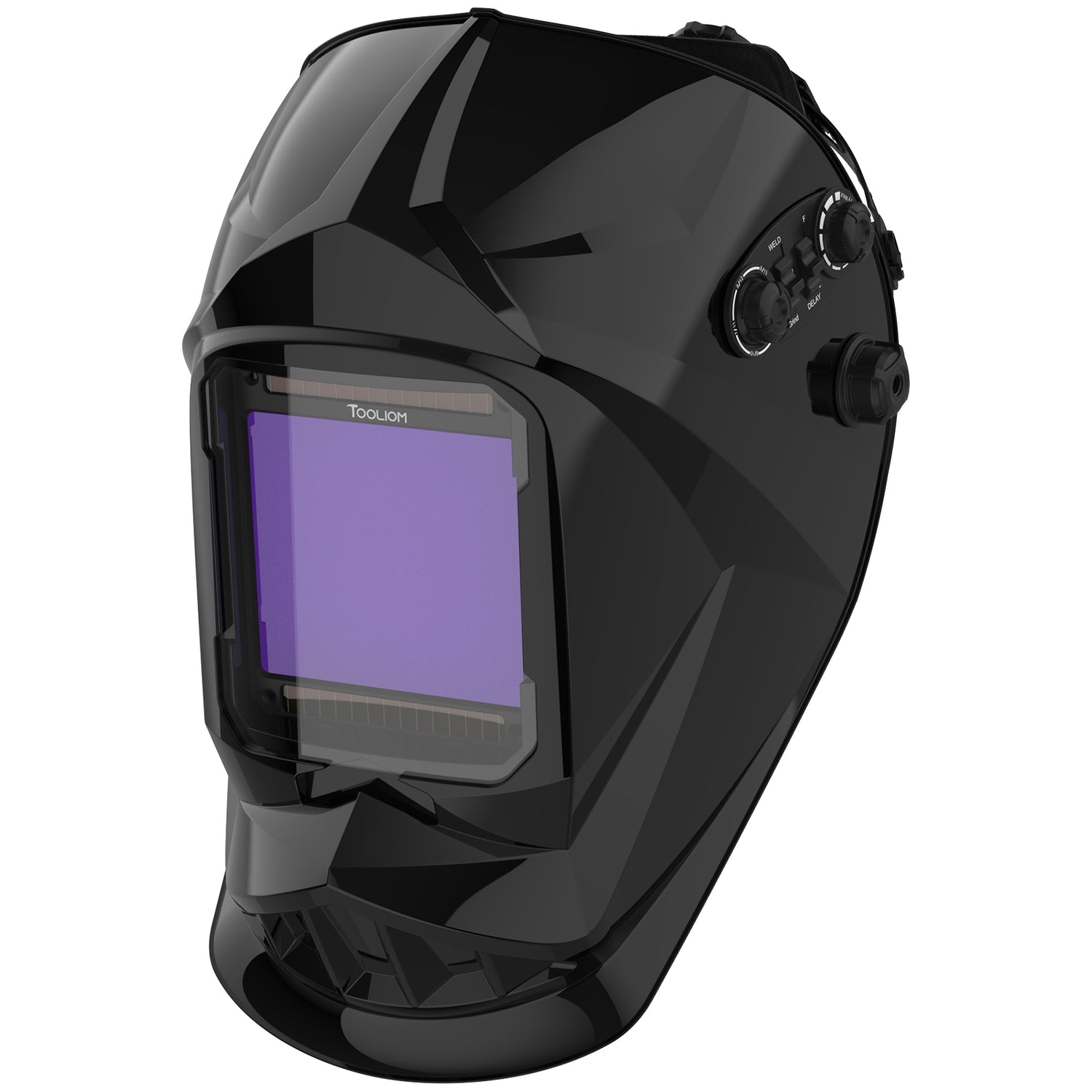In this article, you are going to learn the classification of FCAW wires. According to EN 758, the table below shows the different types of welding wires based on the type of flux:

Type R
-
Gives the highest productivity in positional welding.
-
High efficiency due to easy slag detachability, welding properties, and ease to mechanize.
-
Minimum spatter.
-
Different slag systems: high or low solidification temperature gives different properties.
- Designed for single-pass and multi‐pass welds in the positions of flat butt, flat fillet and horizontal.
- They are designed for use with CO2 but can also be used with mixtures of Ar+CO2.
-
Improving the transfer in the arc and reducing spatter.

A V-groove weld on a butt joint in the flat welding position.
Source: http://www.halversoncts.com/99-welding-joints-in-the-flat-welding-position.html
Type P
-
Type P is similar to Type R, but Rutile slag is designed for rapid cooling, allowing welding in all positions.
-
Generally, these wire electrodes are produced in lower diameters and have a spray transfer when used with CO2.
-
When recommended by the manufacturer, the use of mixtures of Ar + CO2 can improve the operational characteristics of the electrode wire, reducing spatter.

Type B
- They are characterized by a metal transfer drop‐spray, with the weld beam top surface slightly convex and slag that may not completely cover the surface of the weld.
- These wire electrodes can be used in all positions PA /PB / PC and in multi‐pass welding.
- With protection CO2 gas, or mixtures Ar + CO2. The composition of the slag consists of fluorides and alkali metal oxides. The deposits of these cored wire electrodes show excellent resistance to impact (toughness/resilience) and good resistance to cracking in general.

Slag
Photo by @joe.thewelder
Type M
- They are characterized by a spray transfer of very fine drops and a minimum slag thickness.
- The composition of the flux inside these wires consists of alloys and iron powder, allowing high speeds fusion without the danger of the appearance of lack of fusion.

- These wires are used with the protection of gaseous CO2 or Ar + CO2.
- Used primarily in positions flat butt, flat fillet and horizontally, in terms of the single pass.
- The worst penetration.
Type V
- They are used without protective gas and allow a transfer of metal that goes from the globular to slightly spraying.
- The slag produced by these wires electrodes is characterized by a range of solidification rates from slow to fast.
- The wires with slag to cool slowly are used in all positions in the single-pass welding of galvanized steel and steel with aluminum or other coatings.

Single Pass Welding
Source: https://amarineblog.com/2017/09/15/welding-inspector-wps-part-8-final/
Type W
-
They are used without shielding gas, allowing a metal transfer between the globular and close to spraying.
-
Its basic slag fluoride was designed to allow high deposition rates.
-
Some wires have added iron powder to inner fluxes providing good operational characteristics.
-
The wires of this type are used in welding single-pass and multi-pass positions flat butt, flat fillet and horizontally, with some of these wires can weld vertically downward.

Multi Vs. Single Pass Welding
Source: https://amarineblog.com/2017/09/15/welding-inspector-wps-part-8-final/
Type Y
-
They are used without shielding gas and allow a transfer of metal almost spray.
-
Its basic slag fluoride was designed to allow single-pass welding and multi-pass in all positions.
-
They provide good resistance to cracking and good impact strength at low temperatures.
Check out this linked article and learn more about Flux-Cored Arc Welding (FCAW) Basics.


